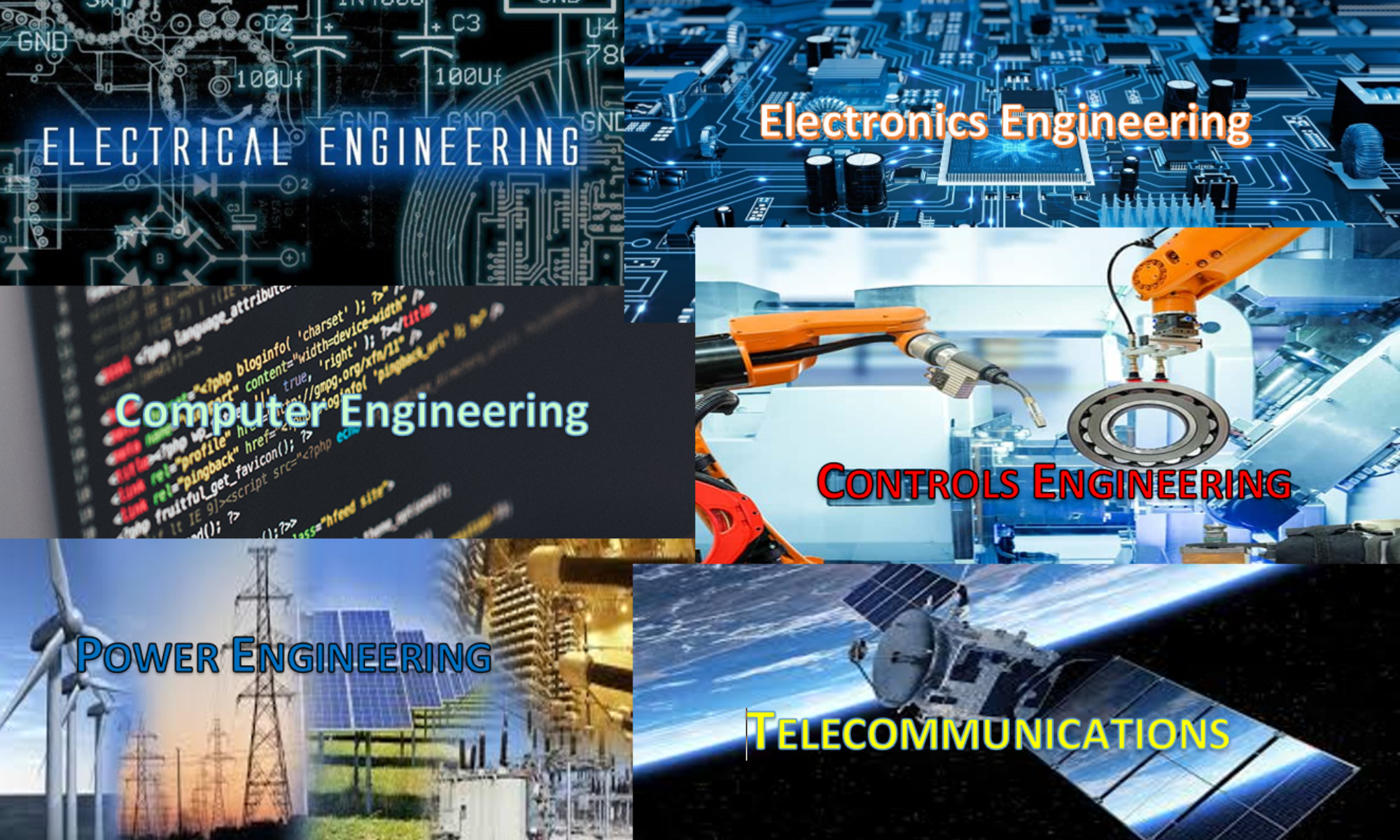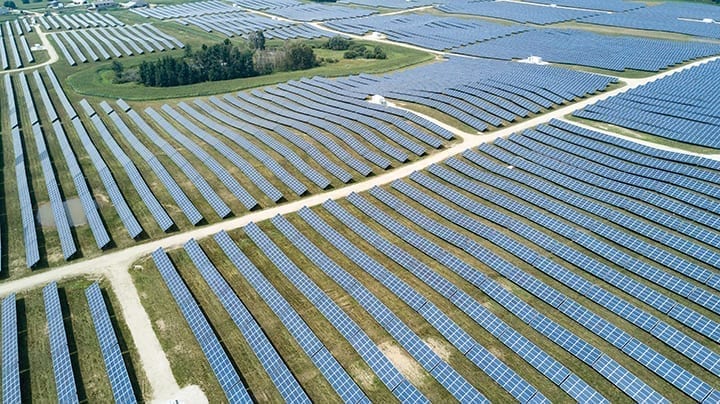RenewableEnergyWorld – The Tennessee Valley Authority (TVA) is asking for public input on the draft Environmental Impact Statement for the North Alabama Utility-Scale Solar Project in Lawrence County.
In January 2019, TVA announced that it holds a two-year purchase option on 3,000 acres in Lawrence County to study the feasibility of building a large solar farm in order to continue reducing its carbon footprint.
The purpose of this EIS is to address the potential environmental effects associated with constructing, operating, maintaining, and decommissioning the solar facility.
The draft EIS includes two alternatives: a No Action Alternative and an Action Alternative. Under the No Action Alternative, TVA would not execute the purchase under the Purchase Option Agreement, and TVA would not develop a solar facility at this location. Under the Action Alternative, TVA would execute the purchase under the Purchase Option Agreement for the Lawrence County, Alabama, property.
READ MORE ….






